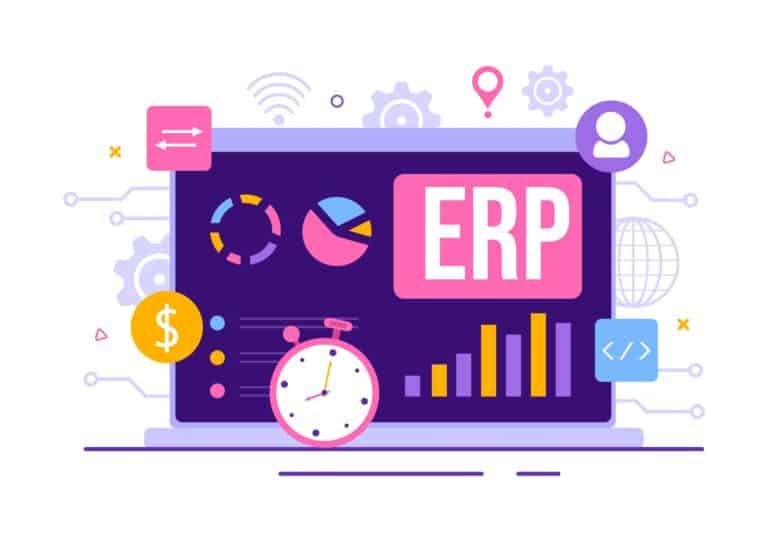Many organizations struggle to implement and leverage their software effectively. At the recent SAP Sapphire conference in Orlando, we spoke with Thomas Pfiester, head of global customer engagement and services at SAP. We discussed how SAP helps customers get the most out of their investments in SAP solutions.
Pfiester shares insights into digital adoption challenges and how SAP addresses them. This includes how SAP now signs up new customers, what tools it has developed, and what role AI plays in adoption. An important theme in the conversation is SAP’s shift toward a more adoption-focused approach. This is not just about implementation but also about the actual use of functionalities. All these new AI functionalities also offer opportunities to improve adoption.
“In the past, adoption was never a priority. We talked about training, but adoption was the last thing our customers paid attention to,” says Pfiester. “I’m glad it’s now at the top of our customers’ agenda.” It should be noted, however, that SAP is now much more focused on adoption than it used to be.
How SAP is trying to encourage adoption
SAP’s strategy for improved adoption rests on three pillars. The first pillar is tools such as WalkMe for digital adoption. The second pillar is a renewed methodology within the Rise with SAP program. The third pillar is a completely revised service portfolio launched during Sapphire. In addition, AI is playing an increasingly important role. This is particularly evident in the introduction of Joule, SAP’s AI assistant that fundamentally changes user interaction. Because Joule is becoming increasingly prominent, it can guide users toward tools they may not yet be familiar with or have used.
An interesting aspect is how SAP uses telemetry in its SaaS solutions. SAP can see exactly how its SaaS solutions are being used. It can also see which features are not being used or are more difficult to find. It can then take action to address this. “That’s the beauty of SaaS,” explains Pfiester. “We can measure adoption and usage. Our customers can see which features they are using and which untapped opportunities still exist via SAP for Me.”
